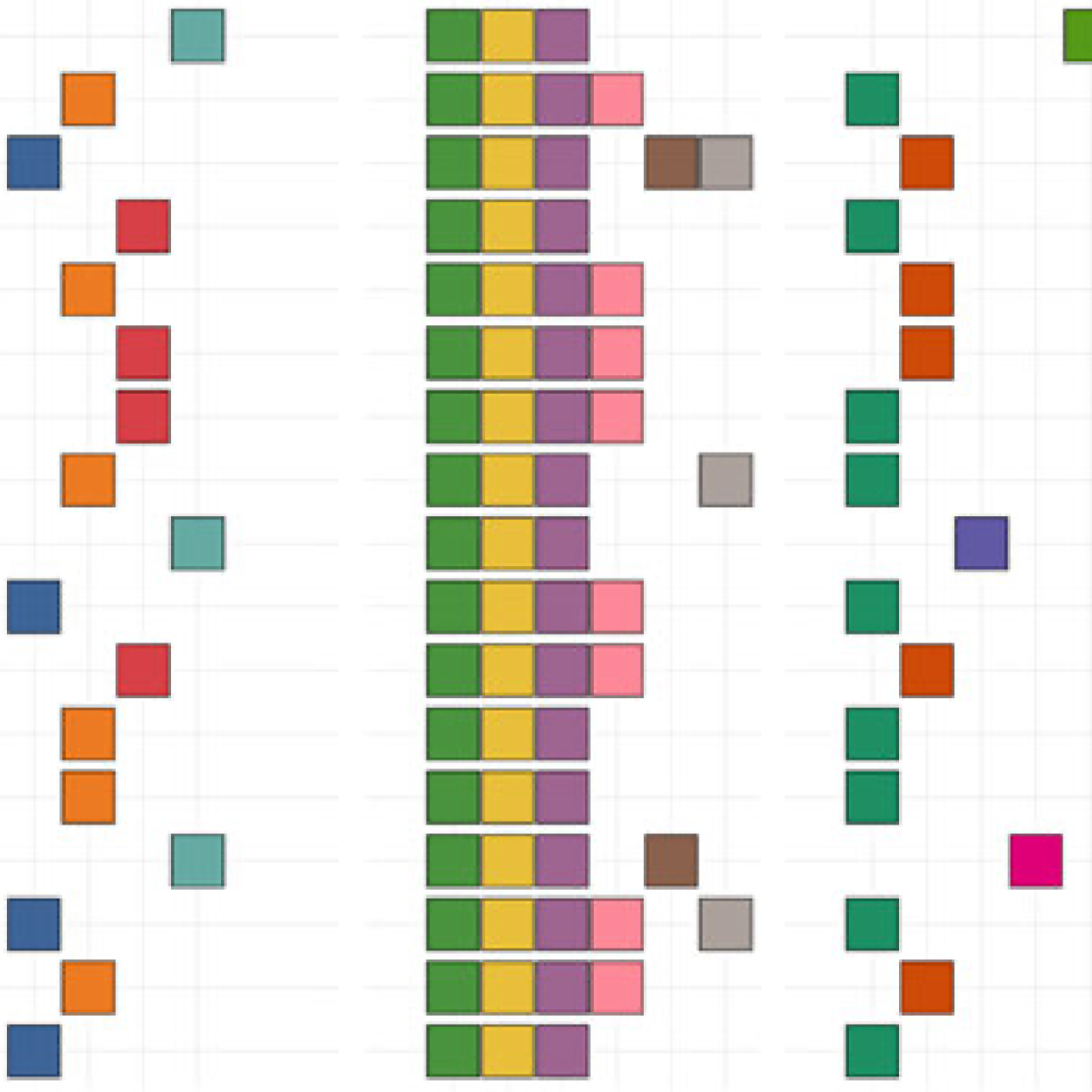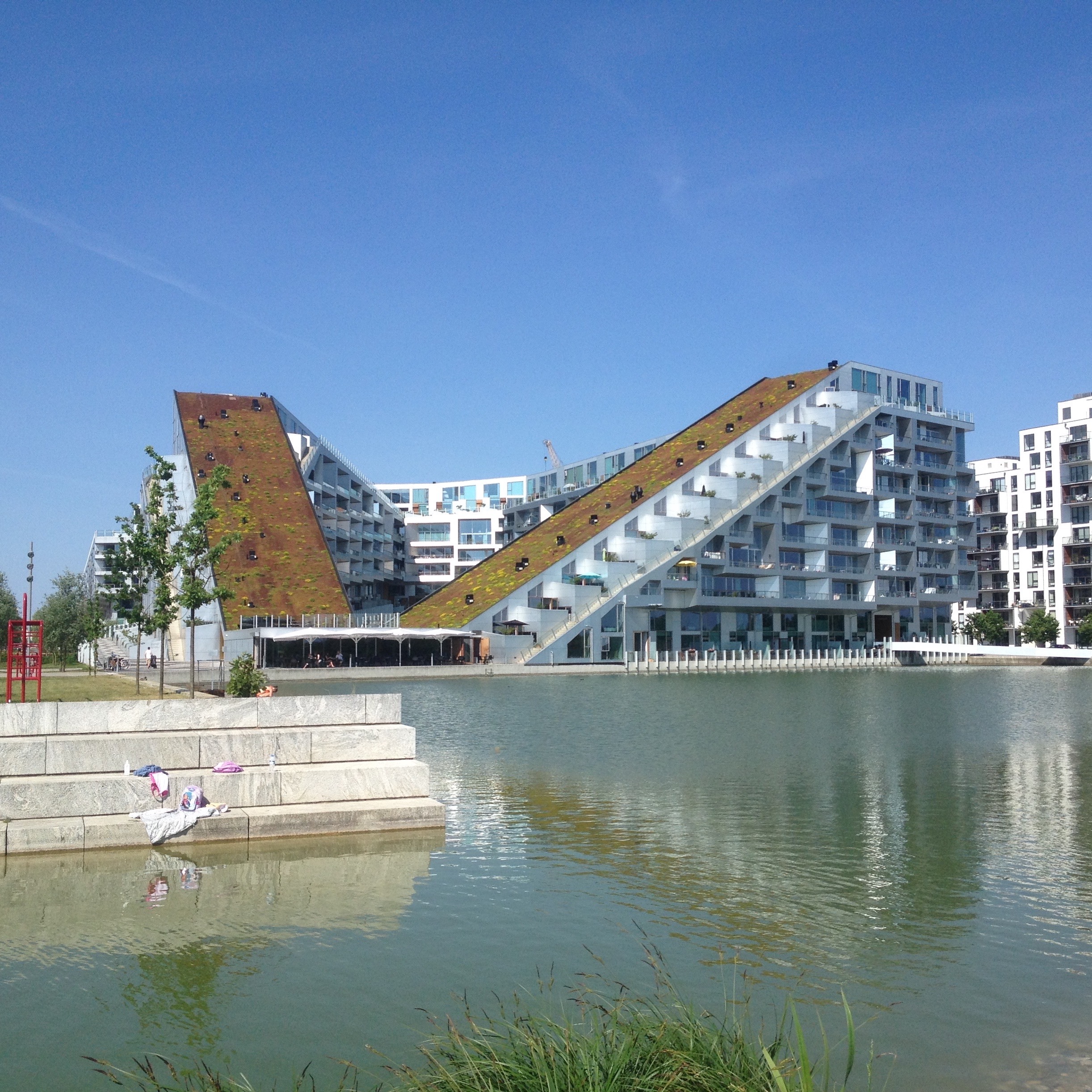Platform Firms, Commercial Real Estate Cycles and San Francisco’s Growth as a Tech Cluster, 2008–2020
Laura Schmahmann, Alex Ramiller, Desiree Fields
2023
Annals of the American Association of Geographers
In this article, we use interviews and secondary sources to study tech-led office leasing and development activity in San Francisco. We identify neighborhood-level trajectories of path dependence, industrial conversion, failed revitalization, and frontier-making during the period of growth leading up to 2020. We find that digital platform companies exert significant economic and political influence over cities, but their control over urban space is also constrained by the historical, material, and economic realities of commercial real estate.









